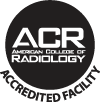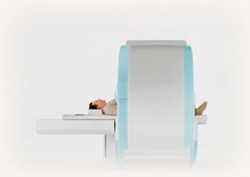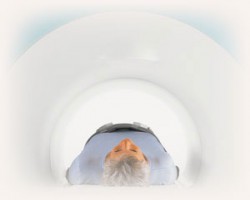What is Vascular and Interventional Radiology?
Vascular and Interventional radiology is a rapidly growing area of medicine. Vascular and Interventional radiologists are physicians who specialize in minimally invasive, targeted treatments performed using imaging guidance. Interventional radiology procedures are an advance in medicine that replace open surgical procedures. They are generally easier for the patient because they involve no large incisions, less risk, less pain and shorter recovery times.
CMI Radiology Group is the only group of radiologists in the Central Valley who provide Vascular and Interventional radiology services. We offer IR services at California Imaging Institute, Clovis Community Medical Center, Community Regional Medical Center, and Frenso Heart and Surgical Hospital.
Vascular and Interventional radiologists use their expertise in reading X-rays, ultrasound and other medical images to guide small instruments such as catheters (tubes that measure just a few millimeters in diameter), through the blood vessels or other pathways to treat disease percutaneously (through the skin). These procedures are typically much less invasive and much less costly than traditional surgery.
Who are Interventional Radiologists?
The Vascular and Interventional radiologists of CMI Radiology Group have specialized training in performing medical procedures that involve radiology. Our radiologists use imaging equipment such as X-rays, magnetic resonance (MR) imaging, ultrasound and computer tomography (CT) to diagnose disease. Our IR’s are board-certified radiologists that are fellowship-trained in percutaneous interventions using guided imaging. Their board certification includes both Vascular and Interventional Radiology and Diagnostic Radiology which are administered by the American Board of Radiology.
What are the advantages of Vascular and Interventional Radiology?
There are many advantages to choosing Vascular and Interventional Radiology over other courses of treatment.
- Most procedures can be performed on an outpatient basis or require only a short hospital stay.
- General anesthesia usually is not required.
- Risk, pain and recovery time are often significantly reduced.
- The procedures are sometimes less expensive than surgery or other alternatives.
What Vascular and Interventional services are available?
The following services are available at California Imaging Institute and our affiliated facilities:
|
Biopsies
Cancer Therapy
Compression Fracture Treatments
Dialysis Therapy
Fibroid Therapy
Pain Management
|
Vascular
Venous Access
Venous
Other Procedures
|
To learn more about Vascular and Interventional Radiology visit the Society of Interventional Radiology at www.SIRweb.org.







